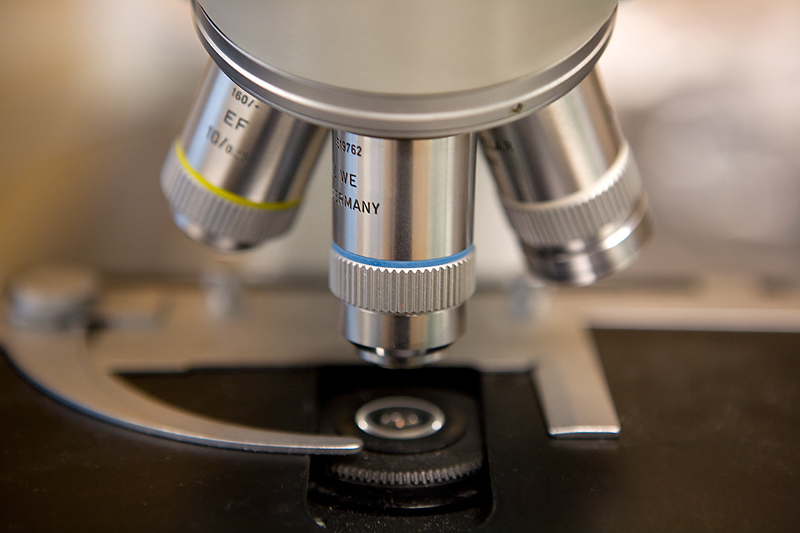
THURSDAY, Aug. 4 (HealthDay News) — A map of the genetic mutations associated with the second most common form of brain cancer appears to reveal the biological cause of the tumors, researchers report.
They created the map by sequencing protein-coding genes in seven samples of tissue from oligodendroglioma tumors, and concentrated on recurring mutations in two genes (CIC and FUBP1) not previously associated with those types of tumors.
The genes appear to be the missing link in the “two-hit” theory of cancer development, the scientists said. That is, each cell in the body has two copies of 23 chromosomes, representing thousands of genes that produce protein. If one copy is missing, the other copy can make up for the lack of protein. But if the second copy fails, it can become cancerous.
For years, scientists have known that the “first hit” in oligodendrogliomas appears in the regions of chromosomes 1 and 19, which fuse together and cause the loss of many genes.
In this study, scientists found mutations in the CIC and FUBP1 genes on chromosomes 1 and 19, which suggests they are the “second hit” needed to cause cancer.
More mutations in the genes — which regulate cell-signaling processes — were found in an additional 27 tumor samples. Of all the tumor samples analyzed in the study, two-thirds had CIC and FUBP1 mutations, said the Johns Hopkins Kimmel Cancer Center scientists.
“Whenever we find genes mutated in a majority of tumors, it is likely that the pathway regulated by that gene is critical for the development and biology of the tumor,” Nickolas Papadopoulos, an associate professor of oncology, said in a center news release.
The study appears Aug. 4 in the journal Science.
About 20 percent of brain cancers are oligodendrogliomas, which tend to affect people aged 30 to 45 and most often form on the frontal lobe in cells that coat neurons. Treatment involves surgery followed by chemotherapy and radiation. Median survival is 10 years.
More information
The National Brain Tumor Society has more about oligodendroglioma tumors.

